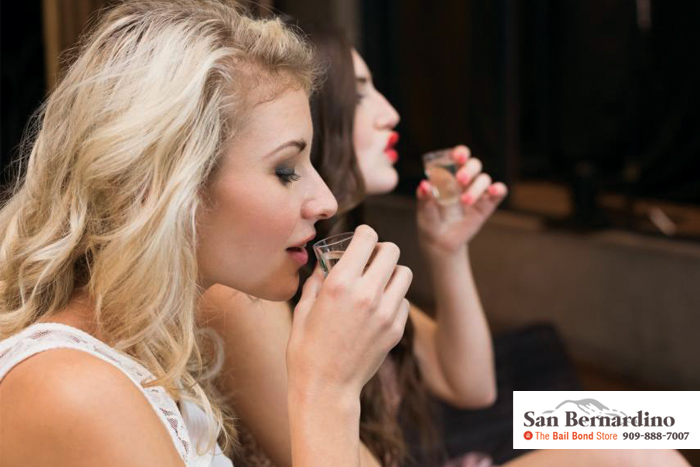
22 Jun How Much Is One Serving Of Alcohol?

The countdown to summer break has begun, leaving students and families eager to get away from school and work in order to have some fun. These long hot days and warm nights bring some of the best memories each year. Admittedly, alcohol has a big part in that because it allows everyone to relax and loosen up. Moreover, if there is no work, school, or another obligation to attend to the next morning, the alcohol will keep flowing. With that being said, the alcohol consumption should only go so far. Each individual should know when to say no to a drink.
The legal blood alcohol concentration (BAC) limit in California is 0.08%.
It does not take the same amount of drinks for everyone to reach that level. How much alcohol has an effect on someone depends on a large number of factors. Person A can have 3 drinks, be at 0.04%, and feel extremely drunk. Meanwhile Person B can have 5 drinks, be at 0.07% and still be much more coherent and aware than Person A.
BAC can depend on gender, body weight and built, the number of drinks consumed, the types of drinks consumed, whether or not a person has eaten, any medications they might be taking, and more.
Generally, women feel the effects of alcohol much faster than men, and smaller body types will feel the effects faster than bigger body types will. If a person has food in their stomach, that will help soak up some alcohol. Conversely, if they are drinking on an empty stomach, they will get drunk faster.
When it comes to determining what one serving of alcohol means, it depends on the type of drink you want to look at. As a general rule, one serving of alcohol equals 1 oz. of 100 proof liquor, a 12 oz. beer, or 4 oz. wine. A 12 oz. beer is much more liquid volume than a glass of wine, but the servings are considered equal. 3 glasses of 4 oz. wine each, 12 oz. total, is theoretically 3 times the serving of a 12 oz. beer.
We mentioned that the legal BAC limit in California is 0.08%, yet many people are drunk well before this limit. If a cop pulls a person over and they blow a 0.05%, they can and will still arrest them for a DUI, especially if they do not appear coherent and alert enough to drive safely. There is never a good reason to drink and drive. The risks are far too dangerous for this person and others on the road. At the same time, even if a person is not driving and is relying on a designated sober driver, they should still know when to stop drinking. Alcohol lowers inhibitions and the ability to make safe and sound decisions. People put themselves at risk and vulnerability when they drink. It is just a precaution to know how much is too much.
